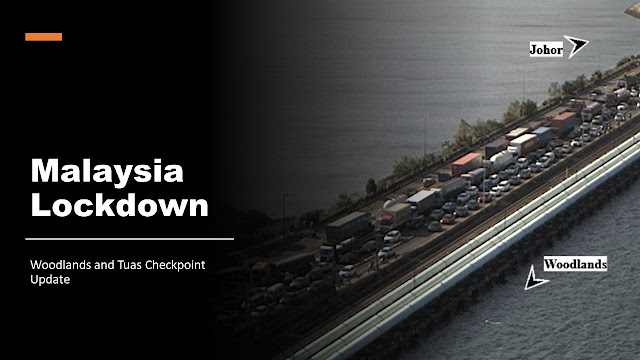

The second was enforced from January 1 till March 31, 2021. The first one was in place from March 18 through May 3, 2020. To date, three such lockdowns were implemented. In an attempt to effectively control the spread of the disease, the Malaysian government implemented various restrictive measures, including nationwide lockdowns known as Movement Control Orders (MCO). With the first cases confirmed on January 25, 2020, the pandemic escalated by the end of March when the total number of cases surged from below 30 to a staggering 2000 ( source, source). The COVID-19 situation in Malaysia has been a part of the ongoing worldwide pandemic since its very beginning. In this study, we illustrate how our satellite-based nowcasting solutions can be used to track the evolution of economic impact during one month of the nationwide lockdown in Malaysia imposed in June 2021 in response to the latest surge of the pandemic. Our data packages equip the end-users with unique capabilities to track crucial economy or industry-wide changes in a forward-looking manner. This data is currently grouped into country-specific packages that we call SK Nowcasting Solutions. In particular, we employ state-of-the-art proprietary ML/AI algorithms to analyze billions of all-weather Synthetic Aperture Radar images of key locations to provide high-frequency near real-time activity data across a variety of countries and industries. However, it is quite challenging to extract meaningful insights from such data as they are highly unstructured.Īt SpaceKnow (SK), we bring satellite imagery down to Earth by using precise and scalable methods to estimate and map important economic indicators. With over 300 satellites scanning the Earth from space, satellite imagery containing abundant information to proxy economic activities can help to improve our understanding of the economic disruptions caused by COVID-related restrictions.

Traditional macroeconomic indicators, even if available, are often published with a delay and do not provide the desired degree of disaggregation. Although essential for navigating policy responses and investment decisions, quantifying the impact remains a complicated task, mainly because of data availability and limitations. These interventions, however, had a large economic impact, affecting industrial output, demand, and supply chains.

The emergence and spread of COVID-19 has forced governments around the world to implement strict measures in an attempt to curb the spread of the virus.


 0 kommentar(er)
0 kommentar(er)
